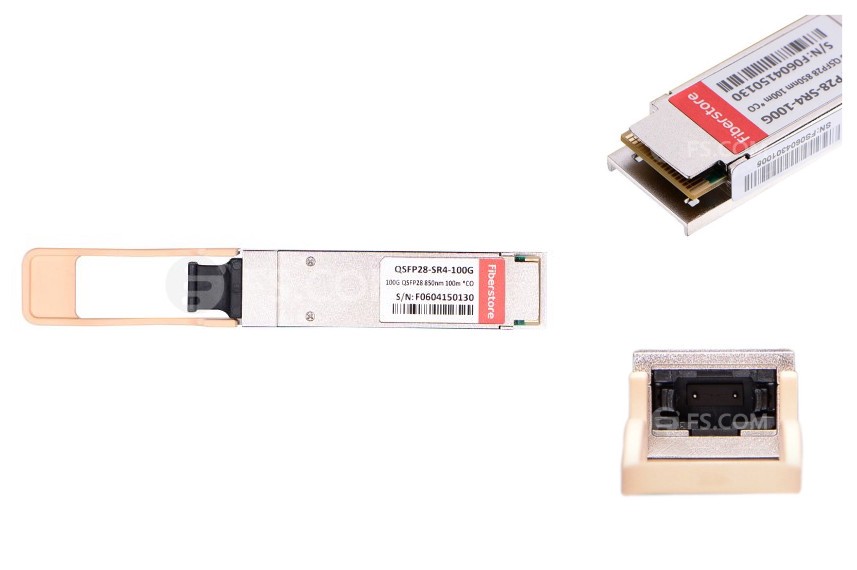In the transmission process of optical fiber communication, the data at the link layer is transmitted in the form of optical signals, but on the client and server sides of the communication parties, the data sent and received are all electrical signals. Therefore, the optical transceiver module, as a communication device that can convert between optical signals and electrical signals, is bound to be unstoppable in its development. Facts have proved that in the past few decades, from the birth of the optical transceiver module to the core middleware in the field of optical communication, it has changed rapidly. The core of its change has always revolved around the characteristics of high speed and high density.
Therefore, in the current market, various optical transceiver modules of different rates and sizes have emerged. According to its packaging mode, optical modules on the market are roughly divided into: CFP (Centum Form-factor Pluggable), QSFP28, XFP (10 Gigabit Small Form-factor Pluggable), CXP (12*Small Form-factor Pluggable), SFP (Small Form-factor Pluggable), etc. [2], and due to the sharp increase in the amount of data, the rate requirements are also increasing, from low-speed 155M, 1.25G, 10G, 25G, 40G to today’s high-speed 100G.
100G module CXP,QSFP28
Common 100G module types are CFP, CXP, QSFP28. The ‘C’ in the CXP package represents 12 in hexadecimal, indicating that the optical transceiver module has a total of 12 channels, ‘X’ represents 12 channels, and the transmission rate of each channel is 10Gbps, and ‘P’ represents that the module supports hot plugging pull. By integrating 12 10Gbps rate channels, the total rate at both ends of the optical transceiver reaches 100Gbps. At the 2010 Supercomputer Conference, Avago Technologies.The company is the first to introduce a solution that fully complies with the industry standard CXP parallel optical transceiver module. Among them, this solution uses VCSEL laser (Vertical Cavity Surface Emitting Laser) technology to be used in the data transmission of 850nm multimode fiber system, combined with the PIN array technology at the receiving end, the CXP optical module can pass 2* 12-core or 24-core MTP/MPO (Multi-fiber Termination Push-on /Multi-fiber Push On) multimode fiber for 12*10Gbps electrical signal and
The mutual conversion between 12*10Gbps optical signals, and then through the integrated laser driver chip technology, a laser driver chip with low density and high integration is designed, so that the size of the CXP optical module is 45mm*27mm, which is only larger than the XFP optical transceiver module. Slightly larger, but takes up less space, has a faster rate, and consumes less power than the former.
Compared with the previous packaging methods of 100G optical transceiver modules at home and abroad, the QSFP28 packaging method seems to be more popular in the market. . Among them, ‘Q’ represents that the transmitter and receiver of the module are both four-channel, and ‘SFP28’ represents a 25G optical module, and the rate of each channel is 28Gbps. The QSFP28 optical module has an optical transmitter and an optical receiver. Among them, the optical transmitter consists of 4 channels TX1, TX2, TX3, TX4, each channel
All can achieve a rate of 25Gbps, and the main control chip converts 4 high-speed electrical signals into corresponding optical signals through the laser driver chip. Similarly, the Ricoh receiving end is also composed of four 25Gbps single-channel channels. The received one 100Gbps optical signal is converted into four high-speed electrical signals by a PD (Photo Diode) laser, thereby completing the conversion function between photoelectric signals.
Conclusion
QSFPTEK has been engaged in the production and sales of optical modules for more than ten years. The production process of QSFP28, CFP, CXP and other modules has been very mature, and the purchased modules are all from international brands such as Marvel. We focus on production quality.

